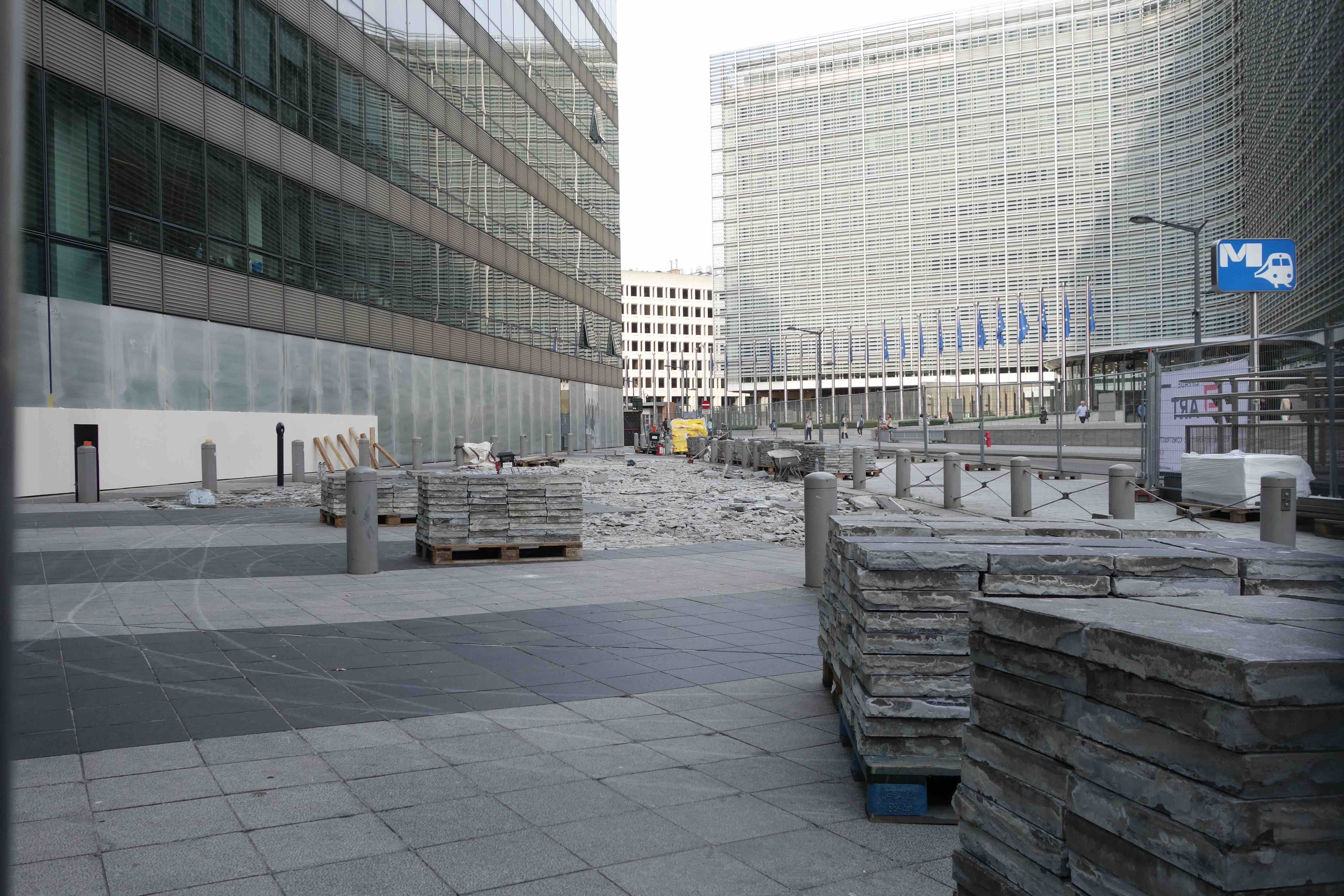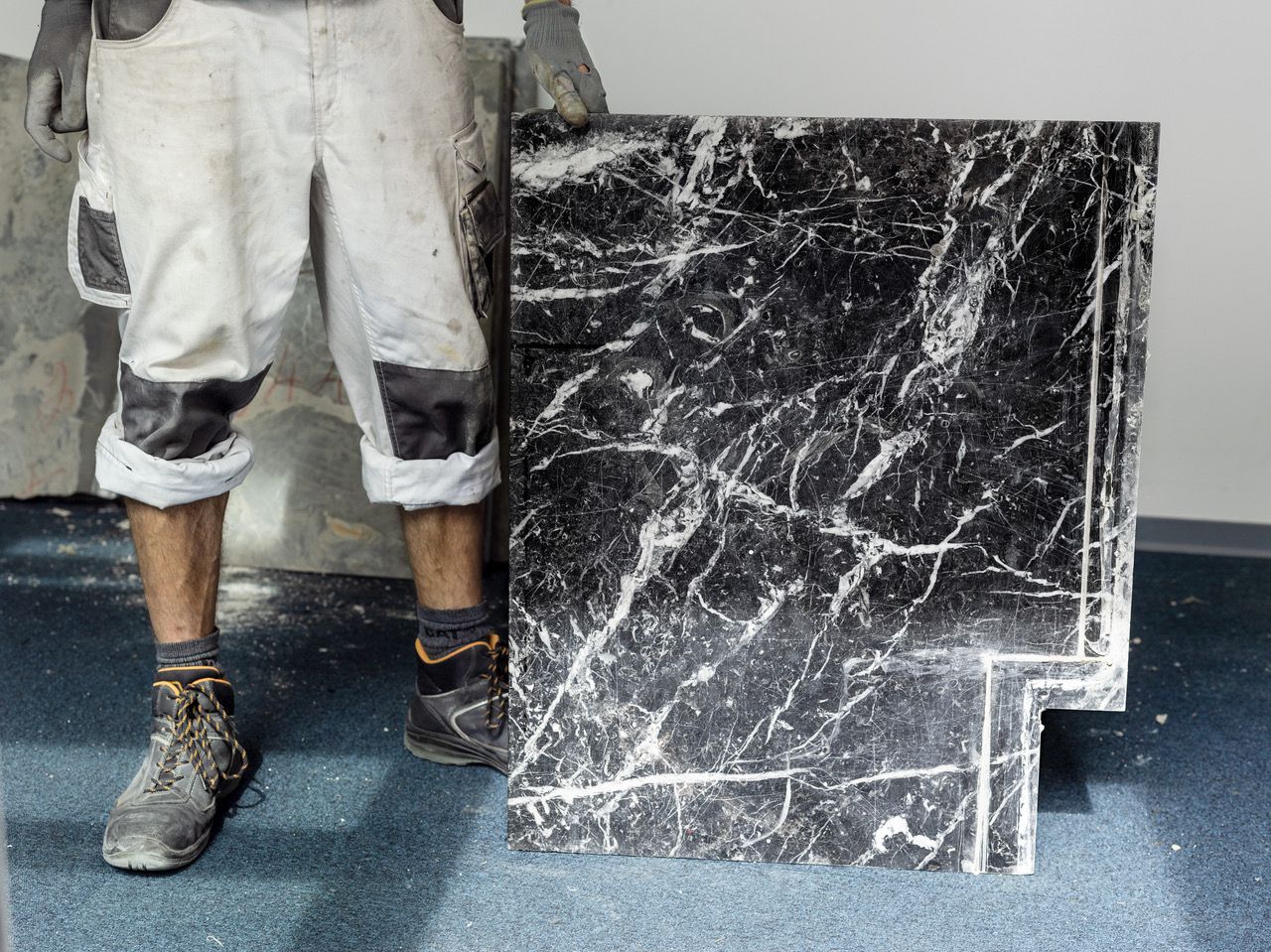Waiting To Be Reused
Types of stone used in Belgian architecture (1930 to 2010)
Thursday 26 September, 17:30 at Rotor DC
Stone
is a non-renewable natural resource that humans have almost always managed sparingly, for obvious economic reasons, long before environmental arguments emerged. However, the flip side is that this robust material is often difficult to extract, cut, and shape into a wide range of finished products, designed for almost all construction uses, from foundations to roofing, including structural work, finishing, decoration, and even furniture. Traditionally, no one would discard a stone element that required so much effort—except during periods when improved technical means facilitated faster production, which led to a shift towards wholesale demolition of buildings at the end of their life, rather than selective dismantling and reuse. These practices returned to the forefront when ecological considerations raised awareness of environmental issues through life cycle analyses. As long as it is local, simply crafted, and used in a reversible manner, stone is an unbeatable material due to its low overall impact. The practices of dismantling, reusing, repurposing, and recycling stone elements have been known since ancient times. In the present context, only examples from the 20th century, broadly speaking, will be addressed, with the aim of sketching an inventory of the different types of stone and the products derived from them, through Belgian examples including some from Brussels—for applications in facades, exterior and interior flooring, decoration, and finishing, excluding roofing materials, which have specific requirements. In addition to the stones directly extracted from the Belgian subsoil, particularly from Wallonia, which are already of great diversity, many varieties have been imported from increasingly distant countries as transportation became easier. Special attention will be given to stones that are no longer quarried and therefore no longer available on the market, to highlight their heritage value and the challenges faced during the restoration of built heritage. The idea of a conservatory for ancient materials is outlined.
This event is part of our research project, RE-STONE, which aims to develop sustainable construction products from reclaimed natural stone slabs. Over the years, many buildings have utilized natural stone such as granite, marble, and limestone for facade cladding. As these facades are being replaced during energy renovation works, RE-STONE is committed to preventing material waste by establishing a professional network for the recovery and reuse of these stones.
Following the presentation, we'll invite you to continue the discussion over a shared drink. We look forward to your participation and an engaging exchange of ideas.
As the number of places is limited, please register here and let us know if you are unable to attend.
Meeting language will be in French.

